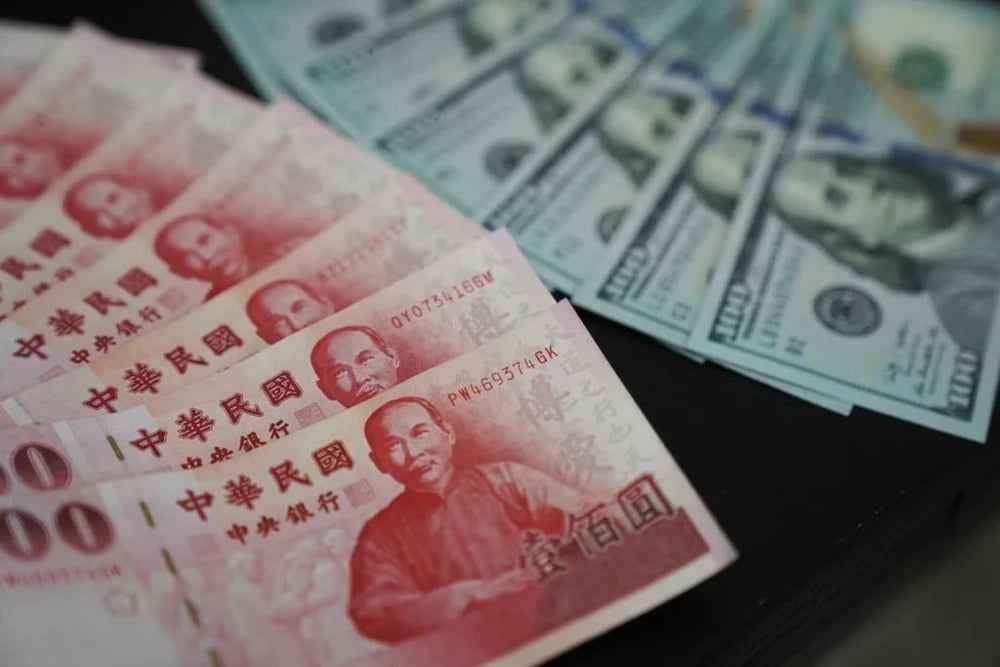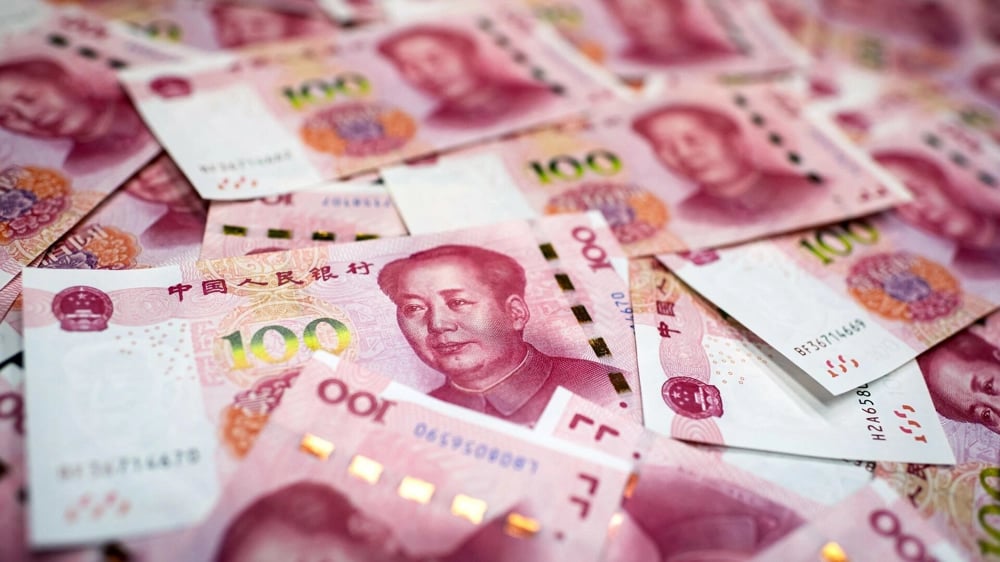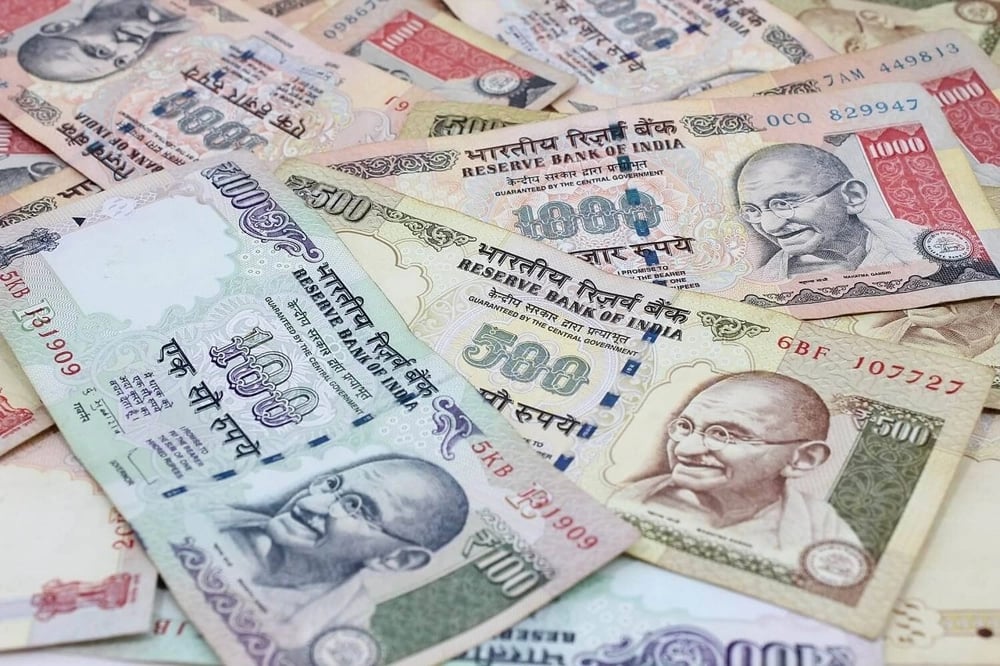
It's exciting to see the Taiwanese dollar making waves—this could change the game for the region!
It's impressive to see the Taiwanese dollar hitting new highs—definitely a sign of economic resilience!

Currency markets in the Asia-Pacific region experienced a positive trend on Monday, September 18, as major currencies strengthened against the US dollar. Leading this trend was the Taiwanese dollar, which reached a three-year high. The key economic factors contributing to this movement are outlined below.
The Taiwanese dollar continued to appreciate, gaining 5.77% against the US dollar. This significant increase brought it to 28.93, the highest level in three years. Factors such as Taiwan's robust economic indicators and government support are driving investor interest in this currency.

The offshore Chinese yuan also displayed positive momentum, strengthening by 0.21% to 7.196 against the dollar. This marked its highest level since November 2024, indicating a growing confidence in China's economic recovery post-pandemic. Meanwhile, the onshore yuan remained relatively stable against the dollar.
The Australian dollar $AUDUSD also showed a positive upward trend, increasing by 0.62% to reach 0.648 against the US dollar. The rise of the Australian currency is often linked to the performance of commodity prices and improvements in the country's economic indicators.
Similarly, the Singaporean dollar $SGDUSD strengthened by 0.62%, reaching 1.289 against the US dollar. This can be attributed to reduced political instability in the country, where the ruling People's Action Party secured a strong mandate.
The Japanese yen $JPYUSD, which had weakened the previous week, rebounded by 0.69%, trading at 143.93 against the US dollar. This adjustment is influenced by multiple factors, including changes in Japan’s monetary policy and market responses to external economic conditions.
The Indian rupee $INRUSD also fared well, appreciating by 0.27% to 84.26 against the US dollar. This increase is partially driven by government reforms and anticipated improvements in the country's macroeconomic situation.

In summary, the strengthening of Asia-Pacific currencies on Monday was prompted by various factors, including the decline of the US dollar and positive economic news from the region. Key takeaways include:
Increased interest in the Taiwanese dollar due to economic resilience and government backing;
Positive movement in the yuan, signaling recovery in the Chinese economy;
Strengthening of the Australian and Singaporean dollars amidst political stability and rising commodity prices;
Responses of the yen and rupee to changes in monetary policy and reforms.
Overall, the current situation in the Asia-Pacific currency market presents opportunities for investors and active market participants. Future movements are anticipated to be influenced by macroeconomic indicators and the political climate both regionally and globally.